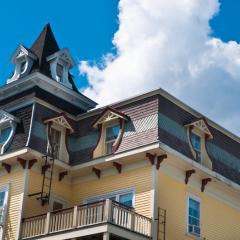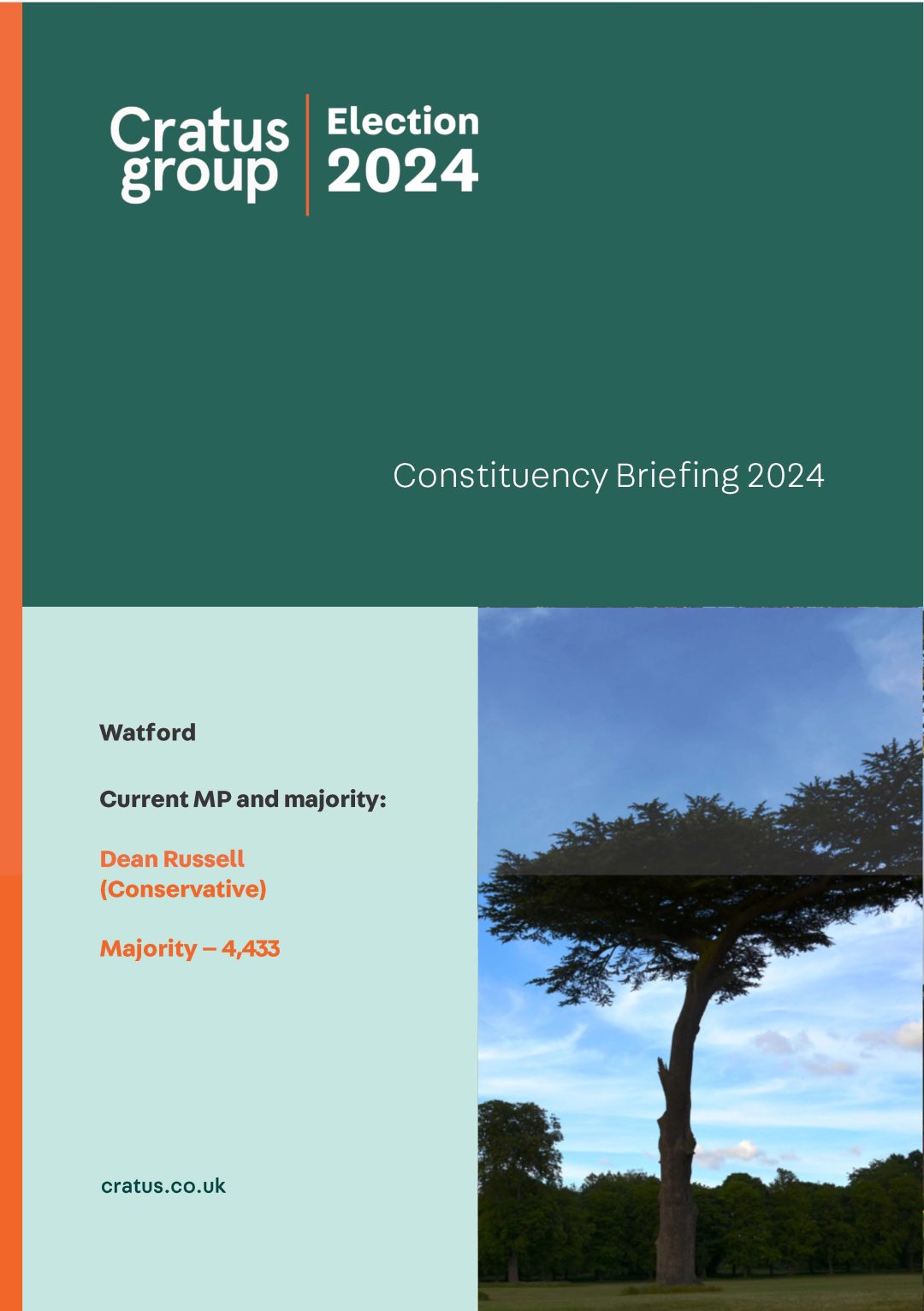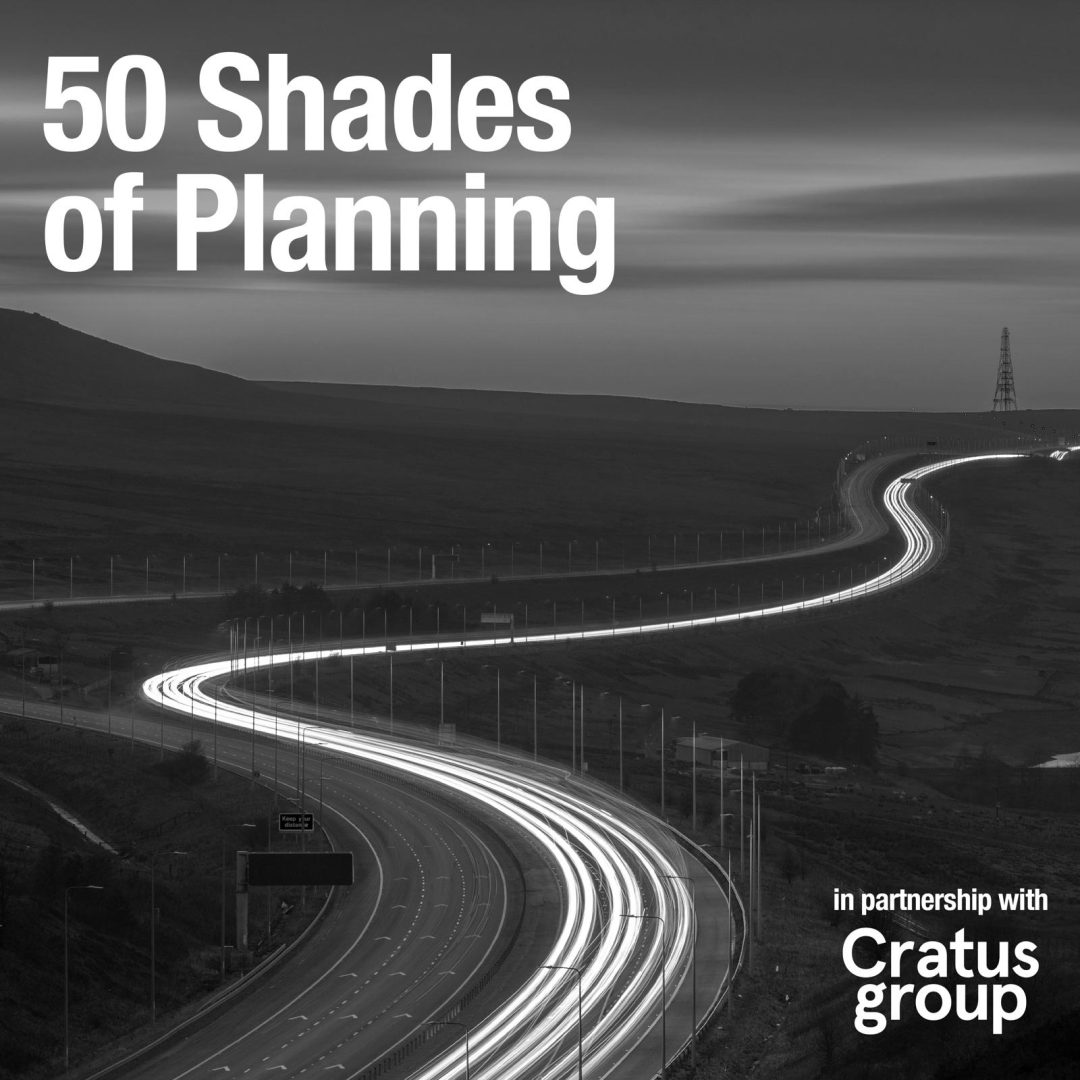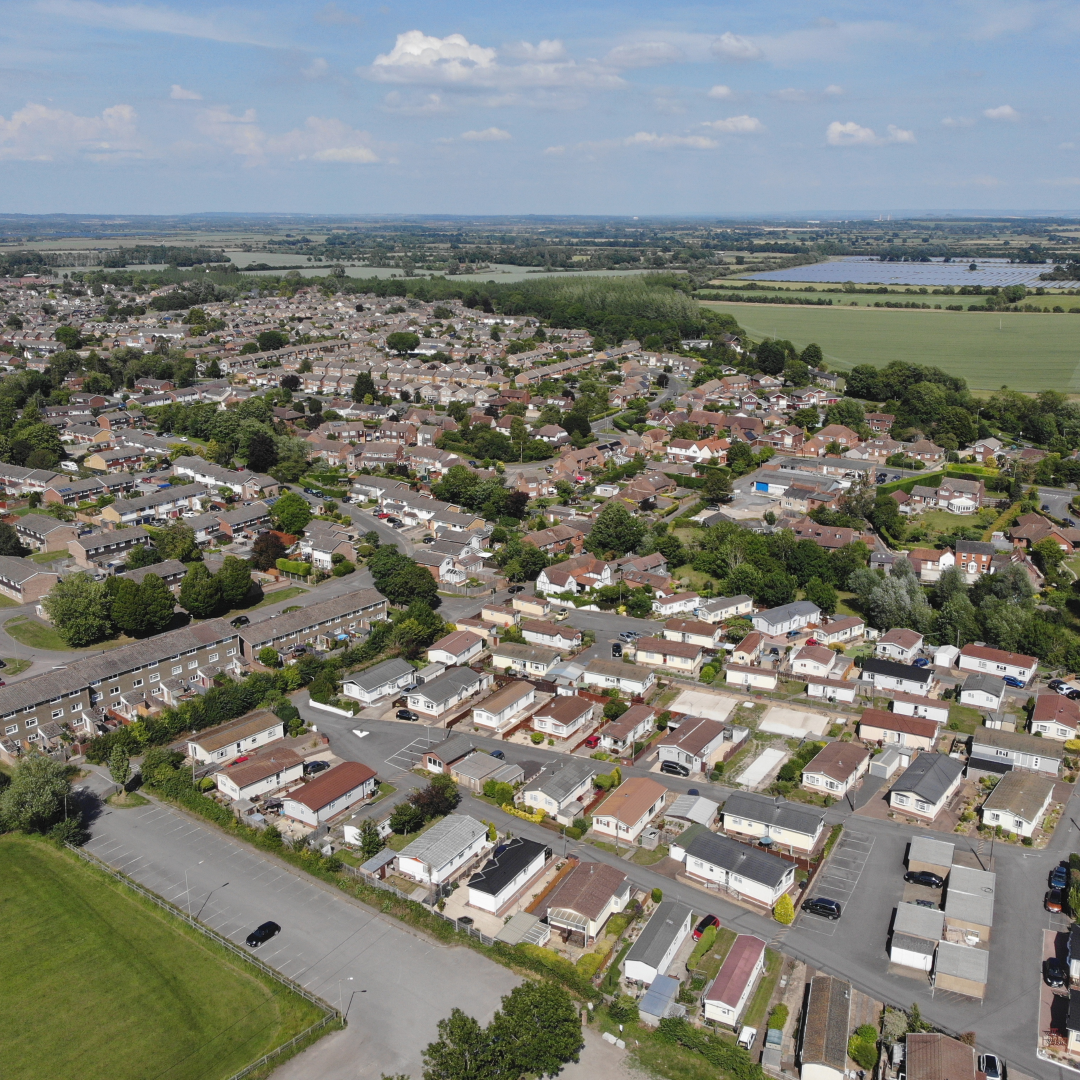Mansard Roofs Through the Trees
Question: What links the opening track of Vampire Weekend’s self-titled debut album, and the slow embrace of an idea which has spread outward from the depths of YIMBY Twitter to now form part of national planning policy?
The answer is of course the humble Mansard Roof: the inclusion of usable space, including habitable rooms, within the existing silhouette of the building through careful design of the attic and roof.
In architectural terms it allows for an additional storey to be added to a building without increasing the overall height. In planning terms, it allows rooms or dwellings to be added to an existing building with minimal impacts on either its own character or that of the surrounding area.
In political terms, mansard roofs are a means of subtly increasing housing supply in a way that expands the number of homes and bedrooms without stoking too much opposition from the neighbours.
Having been sent on a rambling journey through pro-development social media spaces, growth-minded think-tanks and the opinion pages of national newspapers, the concept of policy support for mansard roof extensions is – since 2023 – explicitly mentioned within the updated NPPF, and it feels like an idea whose time has come:
- Planning policies should:
(…)
(e): (…) They should also allow mansard roof extensions on suitable properties where their external appearance harmonises with the original building, including extensions to terraces where one or more of the terraced houses already has a mansard.
Where there was a tradition of mansard construction locally at the time of the building’s construction, the extension should emulate it with respect to external appearance. A condition of simultaneous development should not be imposed on an application for multiple mansard extensions unless there is an exceptional justification.
Having long been discussed and supported by groups as wide-ranging as the Centre for Policy Studies, Generation Rent and the King’s Foundation, there is a certain logic to mansard roofs to anyone who follows development politics in this country.
Naturally, mansards appeal to growth-focused YIMBYs dedicated to increasing Britain’s housing supply – by some estimates mansard reform could deliver a million new bedrooms, including entire new homes in the form of maisonettes.
Scratch under the surface however and the idea must feel equally enticing to any MP or council leader sweating over choices related to Green Belt development, town-centre high-rise, or the wholesale densification of the suburbs.
With a more wide-ranging Conservative attempt at planning reform shot down earlier in the 2019 Parliament, mansards also have an evident appeal for ministers trying to balance the need for new homes, a desire for ‘beautiful’ development, and a political imperative not to annoy the shires.
Aside from its effects on the nation’s supply of housing – and early indications are that those effects may be modest – the victory of mansard policy is also a fascinating case study in the spread and power of ideas.
A dispassionate outsider with an understanding of communications will recognise that a determined set of key influencers who know their way around the pressure points in academia, social media and politics can achieve more than a larger, but less targeted, mass campaign. Another example of the YIMBY Twitter-to-Government pipeline can be seen in the ‘Street Votes’ proposal, on which a DLUHC consultation closed last month.
Mounting a campaign and achieving lasting change are related – but the savvy wonk knows that they are not the same thing.







